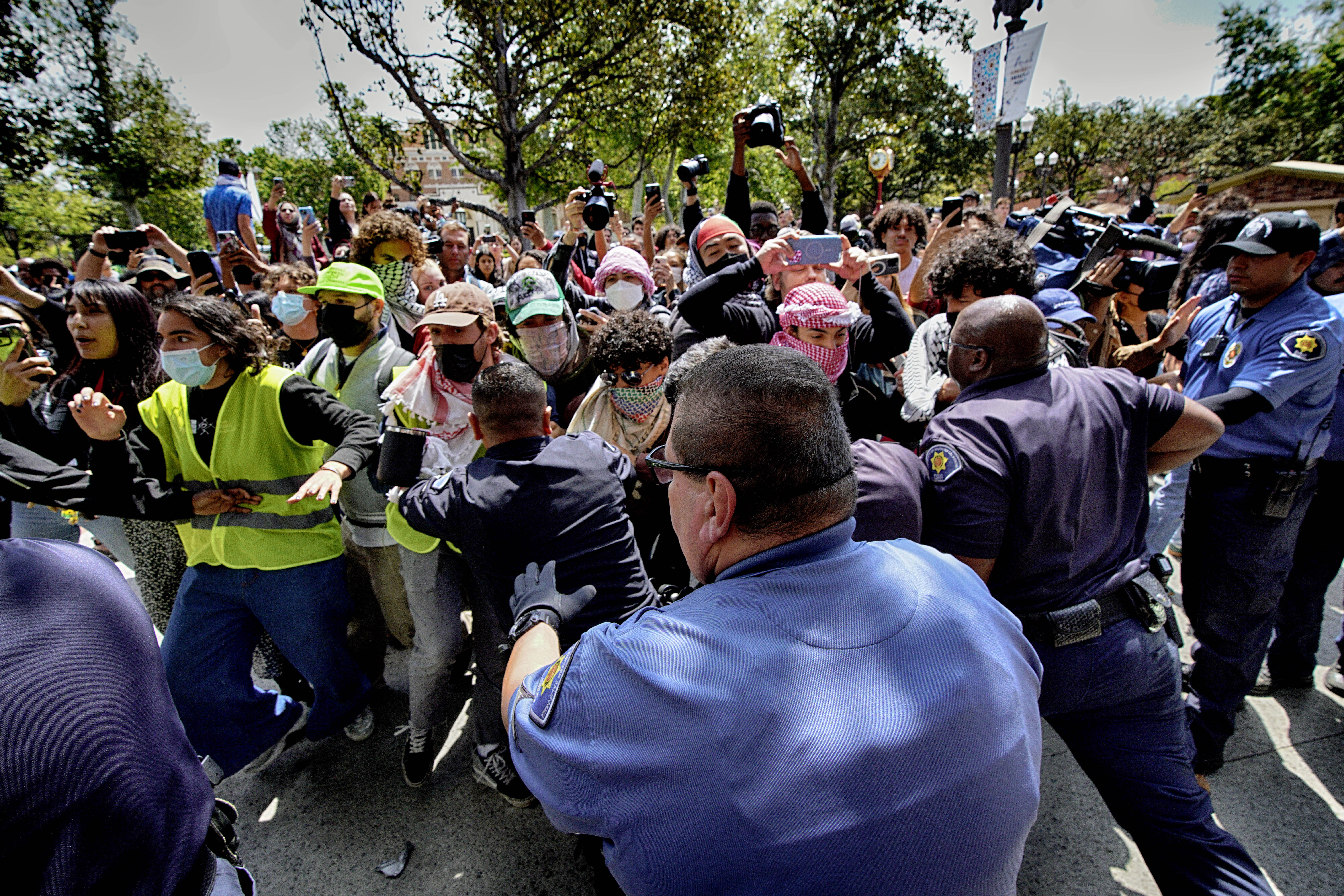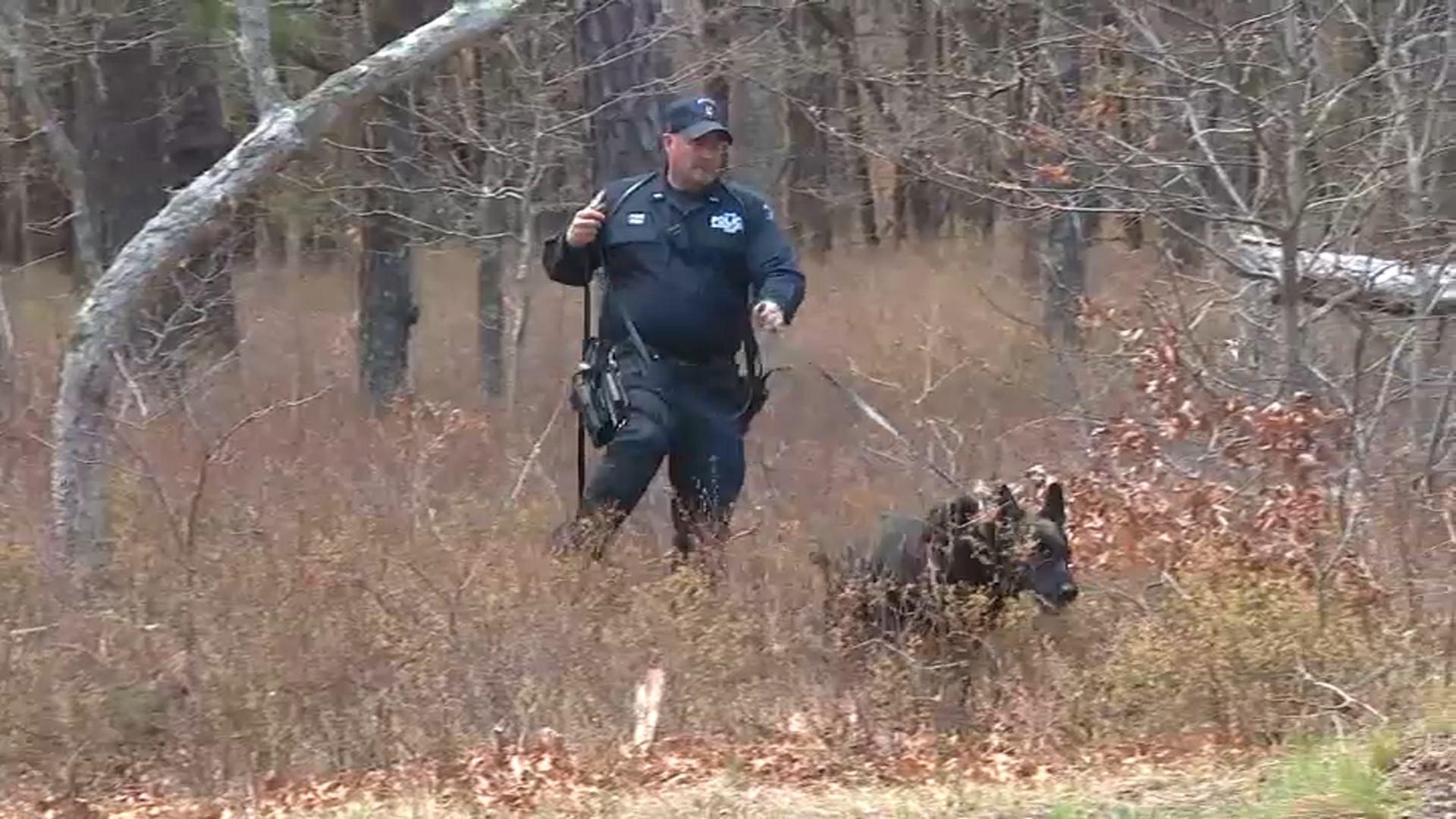New York City’s building façade inspection process begins with a high wire act. Engineers, dangling from ropes, hundreds of feet in the air inspect the exterior of high-rise buildings.
“You’re looking for readily visible deficiencies,” said Jason Coleman, an engineer at O’Donnell Nacarrato. And he is one of only about 500 engineers qualified to do this job.
Harnessed and lowered by ropes, Coleman checks the exteriors of buildings, brick by brick.
“You’ll be looking for brick or stone,” said Coleman, “where water can crack or penetrate.”
Dangling from ropes hundreds of feet in the air is the first step in New York City’s building façade inspection process. All 14,500 buildings in the five boroughs taller than six stories need to be inspected by an engineer like Coleman every five years.
“The city requires building facades to be classified under one of three categories,” explained Coleman. “Safe, safe with repair, or unsafe. If it is marked as unsafe, the owner has to act immediately until those items are corrected.”
But not all owners do. In December, debris fell from a high rise at 729 Seventh Avenue, killing Erica Tishman, an architect and mother of three.
News
Records show the building had been labeled unsafe in April, but the building owner didn’t install anything to protect pedestrians, until after Tishman’s death.
In a statement, a company spokesperson told the I-Team that there were plans to repair the façade and a contract was awarded for the work. “A shed was scheduled to be installed when the work began.”
A spokesman from the Buildings Department responded by saying that the property owner is responsible for “installing appropriate pedestrian protection measures.”
“When you have pieces of building coming apart and falling off and you don’t repair it, then you have a lethal weapon,” said Lori Gold.
Gold’s sister Grace Gold was killed by a piece of falling masonry back in 1979. It led the city to create the law requiring façade inspections. When Gold heard about Tishman’s recent death, “I couldn’t believe it! At first I was like, 'No this can’t have happened again.'”
Since the tragedy in December, the Buildings Department has taken action by increasing their penalties and doubling the number of inspectors on the ground.
Buildings commissioner Melanie LaRocca says that inspectors will be checking to make sure that sidewalk sheds are installed 60 days after a building is labeled unsafe and every month after that to make sure that repairs are being done.
“Some owners can take too long in doing the work and that’s why we’ve taken them to criminal court,” explained LaRocca. Violators can now face jail time for neglecting to make repairs.
The I-Team has learned that the DOB did a sweep, finding 1331 buildings across the city with an “unsafe” designation — 220 of them were without sidewalk sheds. Now the DOB is installing the sheds themselves and sending property owners the bill.
“Too little too late for the Tishman family, but maybe they will stop the next death from happening,” said Lori Gold.



